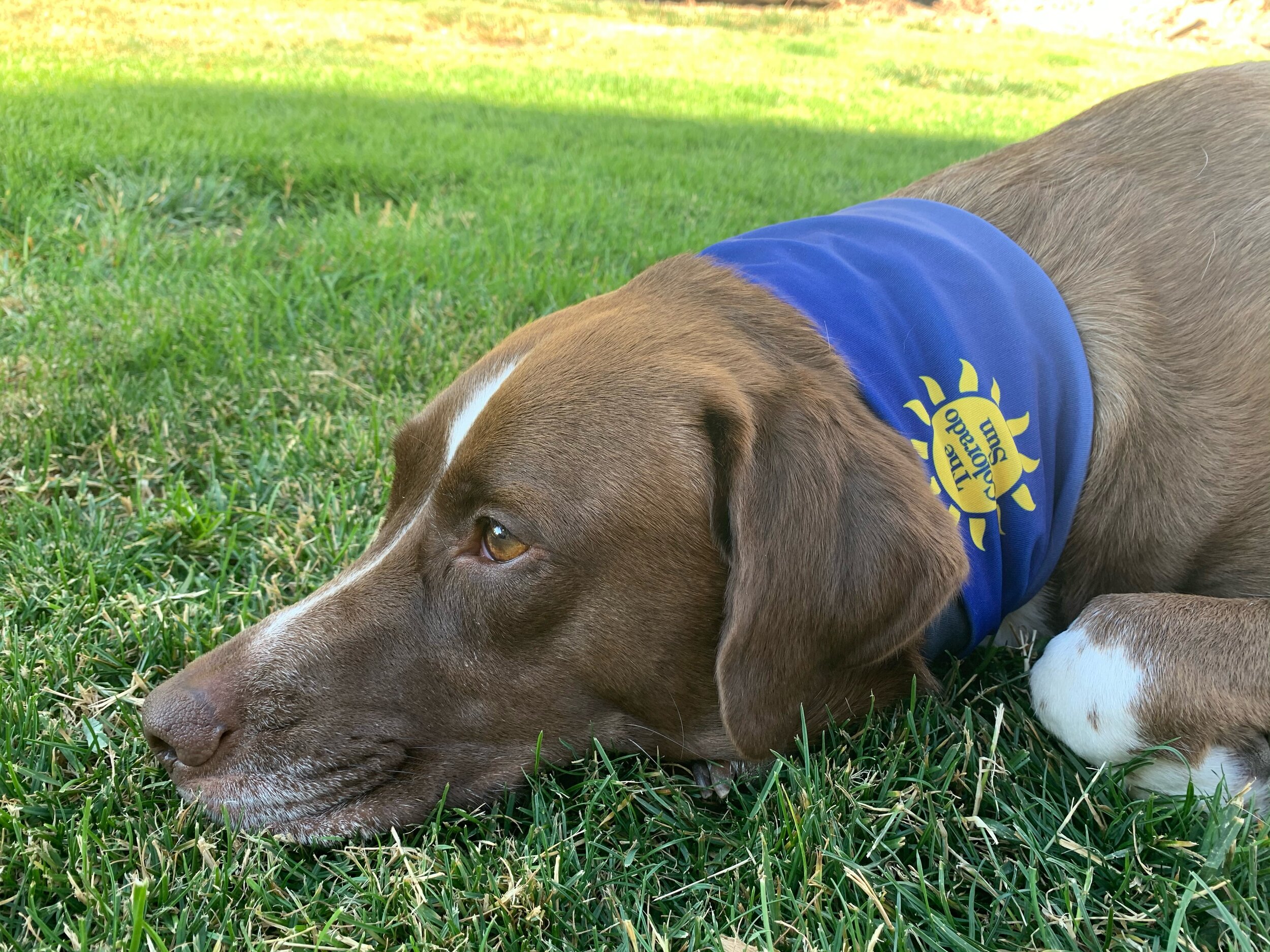The Hill
I’ve been a breaking news reporter at The Hill in Washington, D.C. since completing my master’s degree in September 2023. Since then, I’ve written nearly 1,500 articles covering a wide range of topics, including Congress, state politics, elections, foreign affairs and more. Check out a few of my highlights below and click my author bio for more.
featured pieces:
The Colorado Sun
My summer internship with The Colorado Sun was what kept me sane during quarantine. It helped me grow as a person and journalist and exceeded all of my expectations. As one of their interns, the whole team welcomed me with open arms, willing and ready to help me learn and improve. I was trusted with my first assignment on day one and improved throughout the summer. I wrote a variety of pieces, a long profile on a Colorado woman hiking diagonally across the state, analyzed data for a piece on the 2020 Election, traveled to the mountains to write about rafting businesses “staying afloat” and the first all-Black mural festival in Denver following the George Floyd protests. While it wasn’t the traditional newsroom internship so many get, I am extremely grateful for the work I did and the experience of learning from seasoned local journalists. A link to all of my work can be found here or the URL is posted below.
Featured Pieces:
Here’s my dog, Scout, repping the Colorado Sun mask!


